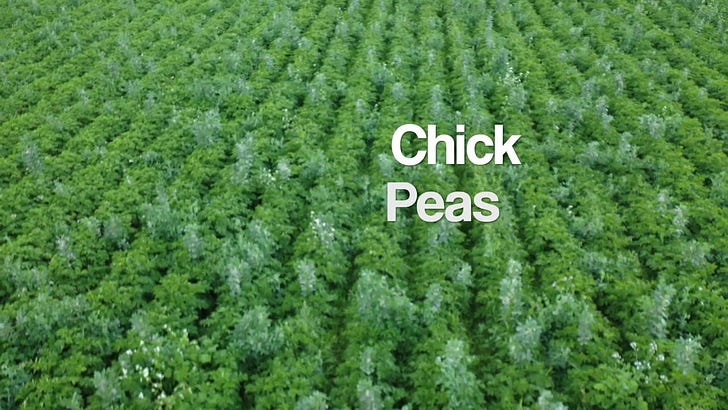The Acceleration Stage
This conference season, farmer interest in improving biological habitats is exploding.
Over the past few years, there has been a notable decline in the popularity of traditional mainstream conventional farm meetings. At the same time, conferences on soil health, regenerative agriculture and holistic management are swelling in numbers, and in most cases, selling out.
The Economics of Regenerative Agriculture
It still confounds skeptics how farms claim to be regenerative, and what that’s worth. According to attendees and speakers at this past week’s Holistic Management Canada and SaskSoil events, the layers of value from transitioning into regenerative agriculture are loosely found as follows:
Farming intentionally in sync with natural systems creates a sense of peace, and newfound curiosity in observing improvements in soil, plants and animals. To varying degrees, farming relationships are seen to improve in lockstep as the operating partners adopt holistic, systems thinking.
Plainly put, restoring beneficial biology is cheaper than the chemical programs that conventional farming relies on… and it works better. Usually, the products of regenerative agriculture are also worth more, although it remains a deterrent that they can’t be insured or segregated yet.
Lots of lucrative payment programs, ranging on average from $35-75/ac these days, can be stacked to more than offset any possible reduction in commodity sales revenues resulting from a change in management practices.
For the most part, these funding programs are good for the next 5 years or more, irrespective of political leadership changes. During that time, a regenerating farm will reduce expenses on seed & treatments, insecticides, fungicides and fertilizer.
Diversifying revenues into new category sales creates farm financial resiliency at a minimum; often, also improved profits. Expanding beyond commodity canola/wheat or corn/soy revenues into markets for specialty crops, low-emission field-level data, livestock, hay, meat, and/or custom grazing… is otherwise known as value-added wealth creation.
Background
According to Nature United, ‘regenerative agriculture refers to a set of farming practices that promote healthier soil and fewer negative effects on the ecosystem.’ Unlike organic agriculture, small amounts of chemical crop inputs are sometimes used strategically, to avoid tillage and manage financial risks so a farm can still make money. Over time, regenerative farming restores biodiversity, improves the water cycle, and increases soil organic matter.’
In many ways, regenerative agriculture can seem ‘backwards’ compared to modern industrial agriculture, and ‘messy’, in that multiple species of plants are raised on a field at once and livestock manure is part of the fertilizer program. In fact, regenerative farmers substitute biology for chemicals to create a naturally resilient business that is progressive.
Keep reading with a 7-day free trial
Subscribe to Prairie Routes Research to keep reading this post and get 7 days of free access to the full post archives.



